Most mornings these days I wince as I grab my iPhone. Standing in my kitchen, barely awake, I’m dumbstruck by the New York Times alerts that stare back at me: death… hatred… racism… fear-mongering… stupidity.
Of course, behind each headline hangs a web of issues so complex as to make solving these underlying problems painfully elusive. Enacting change feels daunting to the point of helplessness.
Sometimes, though, I’m reminded that for all of the chaos, there are so many people (generating too few headlines) who work peacefully to promote equality and understanding, and that’s comforting. My RoseComm colleagues and I have been lucky to partner with a non-profit doing just that.
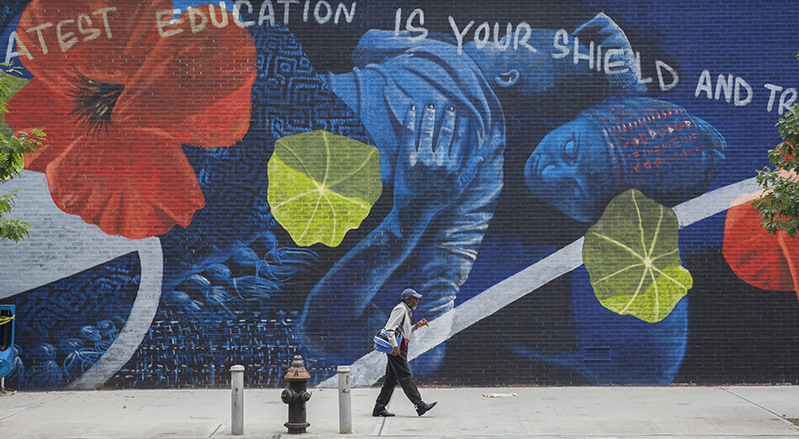
Last week, we toured Harlem to see the latest works of Not A Crime, a series of murals created to raise awareness of social injustice in Iran, particularly against those who practice the Baha’i religion.
Not A Crime is the brainchild of Maziar Bahari, the Iranian-Canadian former Newsweek journalist who spent 118 days in Iran’s Evin Prison in 2009. His story was featured in Jon Stewart’s film “Rosewater” and he’s the best-selling author of the memoir “Then They Came for Me.”
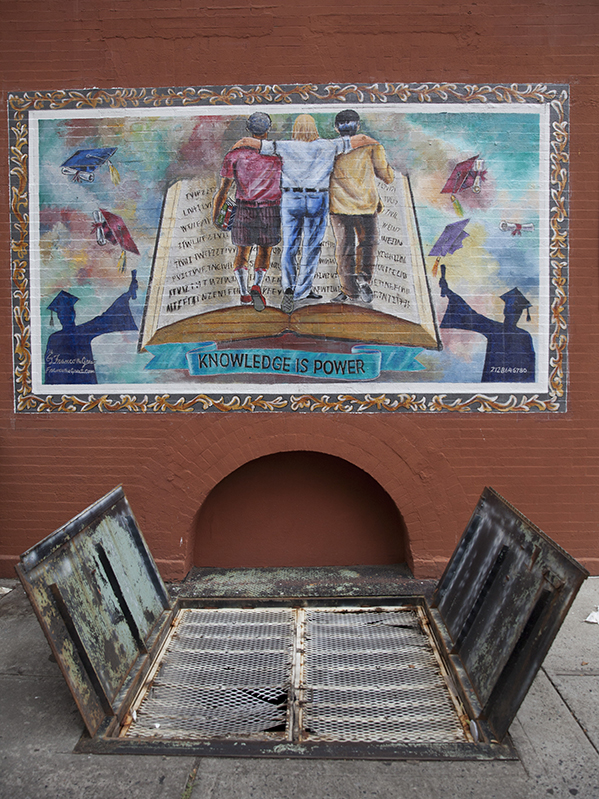
In 2015, Bahari’s organization, in association with Street Art Anarchy, placed 11 murals around the five boroughs of New York, drawing attention to the human rights abuses of Baha’is as world leaders gathered for the UN General Assembly. This year, the group is focusing on education, as Baha’is have long been blocked from accessing higher education in Iran.
The group decided to focus on Harlem in 2016 for two specific reasons. First, the North-Manhattan neighborhood embraced last year’s installations more than any other neighborhood in NYC.
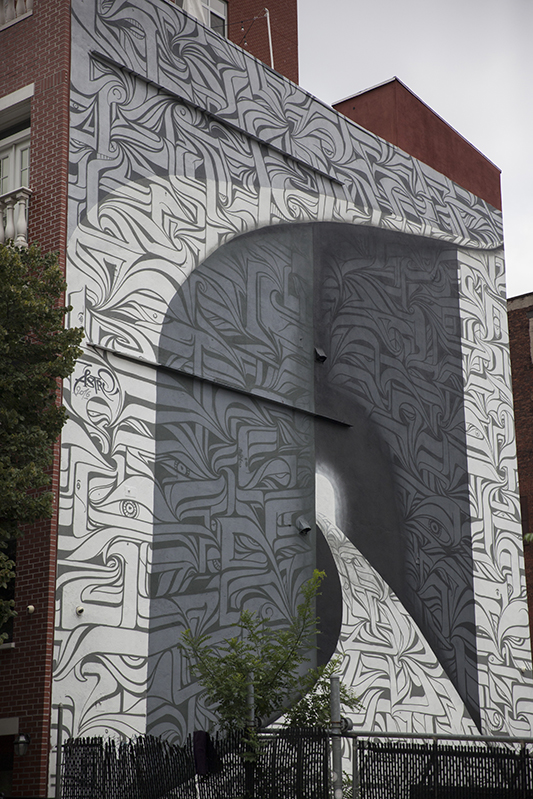
Even more interesting is Harlem’s status in Iranian lore.
Bahari has distinct memories of being shown re-runs of “Roots” as a child in Iran, as slavery and racism have long been used as propaganda by Iranian leaders seeking to convince its citizens of the ills of American society. Harlem, held up as a prime example of American oppression, is very well known in Iran because of this.
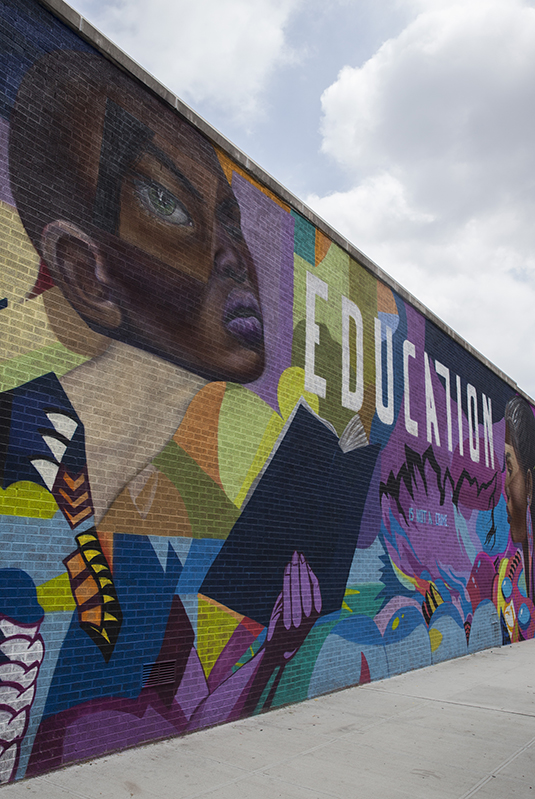
Not A Crime wanted to show that Harlem is a diverse community that embraces freedom of expression and education. Thus far this summer, eight murals have been painted and seven more are in the works. Artists such as Harlem’s own Franco “The Great”, Ricky Lee Gordon of South Africa, Parisian Astro and Australian Rone have contributed.
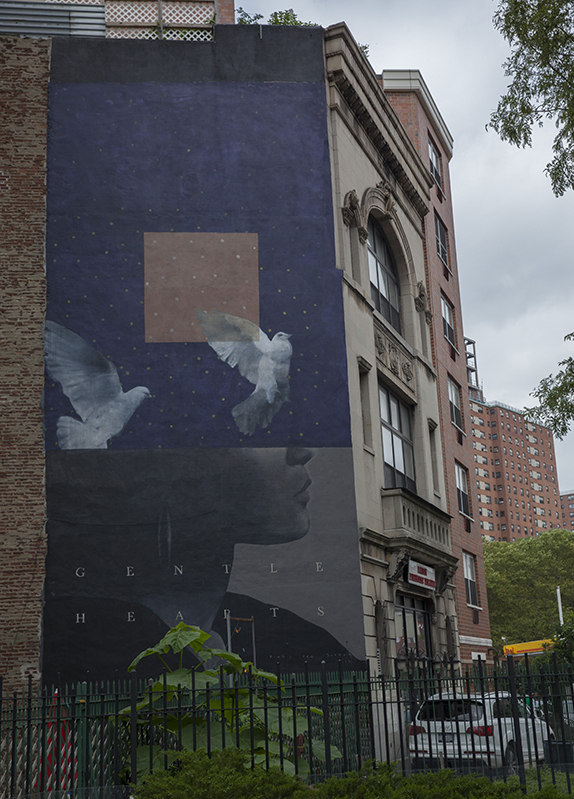
I spent time photographing several of the murals (seen on this blog), which make up just a portion of Harlem’s wide-reaching street art scene. Unfortunately, the overwhelming heat (and our proximity to the amazing cornbread at Marcus Samuelsson’s Red Rooster) kept us from seeing all the works. We’ll be back later this summer as more walls are completed.
And hopefully, the iPhone alerts will have settled down by then.

Excellent, Mason. Among so many discouraging news about Harlem (gentrification, high rents, disappearing character, etc) a boom of diversity, in this case represented by such an ancient culture as the Iranian/Persian, is certainly reason to celebrate. Really enjoy the article. Cheers